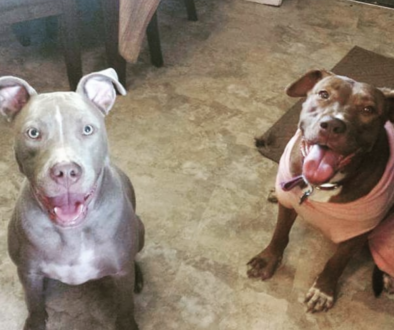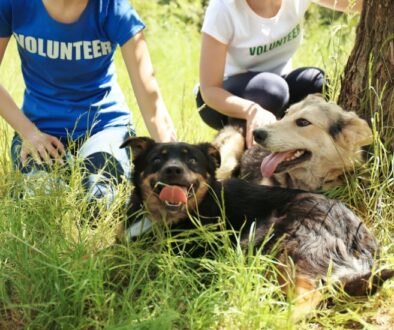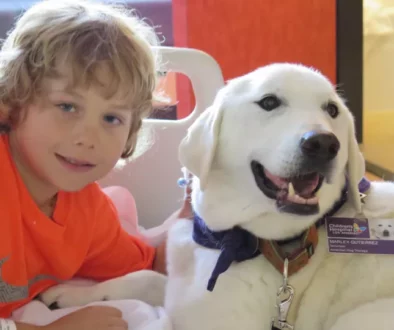The Ultimate Guide to Pet Adoption: Finding Your Furry Friend
Pet adoption refers to the process of taking a homeless or abandoned animal into your home and providing them with love, care, and a forever family. It is a beautiful and rewarding experience that not only benefits the rescued animal but also brings joy and companionship to the adopter.
The benefits of pet adoption are numerous. Firstly, adopting a pet saves them from a life of uncertainty and provides them with a second chance at happiness. These animals may have been abandoned, neglected, or abused, and by adopting them, you give them a loving and safe home.
Secondly, adopting a pet can have positive effects on your own mental and physical health. Pets provide unconditional love, reduce stress levels, and offer companionship, which can alleviate feelings of loneliness and improve overall well-being. Lastly, by adopting a pet rather than purchasing one, you are helping to combat pet overpopulation and support animal welfare organizations.
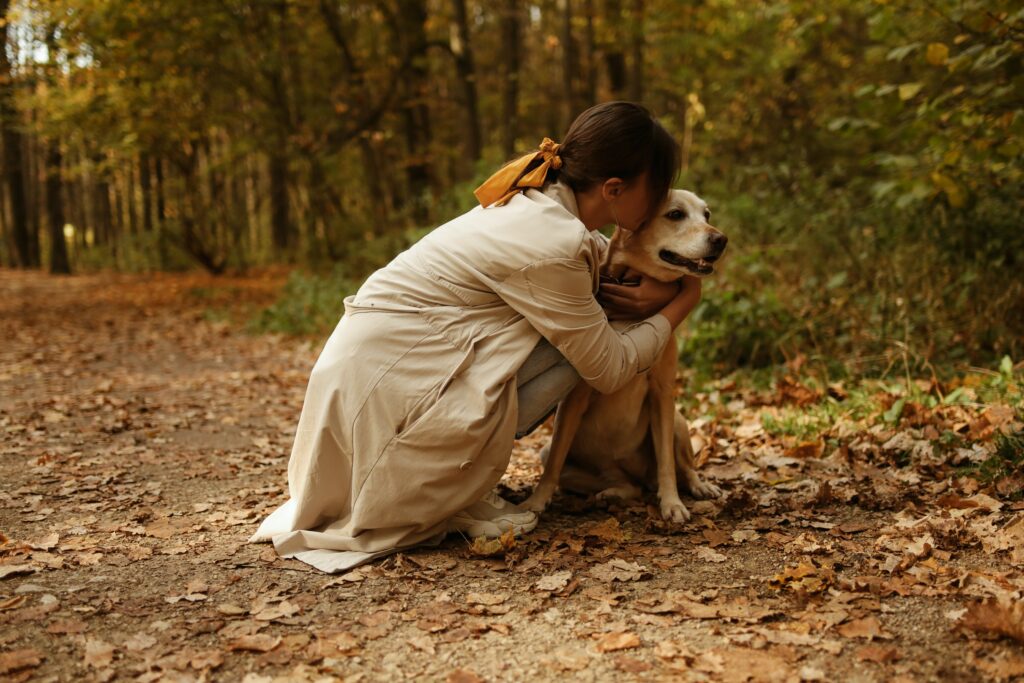
Understanding the Adoption Process
When considering pet adoption, it’s essential to understand the process involved. While each shelter or rescue organization may have slight variations, the general steps remain consistent. This section will outline the crucial aspects of the adoption process to help you navigate it smoothly.
1. Completing the Adoption Application
The first step in the adoption process is completing an application. This document gathers essential information about you, your lifestyle, and your experience with pets. The application allows the organization to assess your suitability as a pet owner and match you with a compatible animal.
2. Meeting the Pet and Assessing Compatibility
Once your application is approved, you’ll have the opportunity to meet the potential adoptable pets. Interacting with them helps determine compatibility, ensuring that their personality, energy level, and needs match your lifestyle and expectations. This step is crucial to create a harmonious and lasting bond.
3. Paying Adoption Fees and Signing the Adoption Contract
If you’ve found your perfect match, the next step is to complete the adoption process by paying the adoption fees and signing the adoption contract. Adoption fees contribute towards the care of other animals in need and cover veterinary expenses, vaccinations, and microchipping. The adoption contract outlines your responsibilities as a pet owner and ensures that you provide a safe and loving environment for the newly adopted pet.
Meeting Your Pet’s Basic Needs
Ensuring that your newly adopted pet’s basic needs are met is crucial for their health and well-being. This section will guide you on how to provide for their nutritional, hydration, grooming, and healthcare needs.
Feeding Your Pet a Balanced and Appropriate Diet
Consult with your veterinarian to determine the best diet for your pet, taking into consideration their age, breed, and any specific dietary requirements. Provide them with high-quality pet food that meets their nutritional needs, and follow the recommended feeding guidelines. Avoid feeding them table scraps, as some human foods can be harmful to pets.
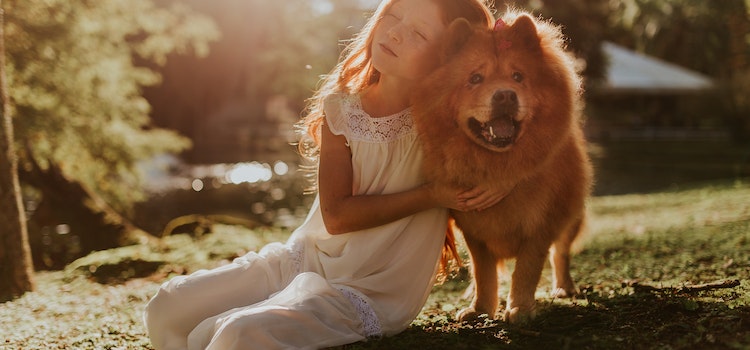
Providing Fresh Water and Regular Grooming
Keep a clean and readily accessible water bowl filled with fresh water at all times. Proper hydration is vital for your pet’s overall health. Additionally, establish a grooming routine suitable for your pet’s coat, such as regular brushing, bathing, and nail trimming. Grooming not only keeps their fur clean but also helps detect any skin issues or parasites.
Taking Your Pet for Veterinary Check-ups and Vaccinations
Schedule regular veterinary check-ups to ensure your pet is healthy and up-to-date on vaccinations. Vaccinations protect them from infectious diseases, while routine examinations allow the veterinarian to monitor their overall health, address any concerns, and provide preventive care, such as deworming and flea/tick control.
Training and Socialization
Teaching Basic Commands and Obedience Training
Spend time training your pet to follow basic commands like sit, stay, and come. This improves their obedience and enhances their safety. Use positive reinforcement techniques such as treats, praise, and rewards to encourage good behavior. Consistency and patience are key to successful training.
Socializing Your Pet with Other Animals and People
Socialization is crucial, particularly for young pets. Expose them to different environments, people, and animals to build their confidence and ensure they feel comfortable in various situations. Gradually introduce them to new experiences and monitor their reactions. Positive interactions with other animals and people promote their overall well-being.
Dealing with Challenges and Behavior Issues
When welcoming a new pet into your home, it’s important to be prepared for potential challenges and behavior issues that may arise. This section provides guidance on handling common problems, seeking professional help if needed, and being patient during the adjustment period.
Addressing Common Behavior Problems
Common behavior issues related to pet adoption like housebreaking accidents, chewing, barking, or separation anxiety can occur, especially in newly adopted pets. Address these problems by establishing a routine, providing appropriate chew toys, using positive reinforcement training methods, and gradually desensitizing them to being alone. Consistency, patience, and positive reinforcement are key to overcoming these challenges.

Seeking Professional Help if Necessary
If the behavior problems persist or worsen, it may be beneficial to seek professional help from a certified animal behaviorist or a qualified dog trainer. These professionals can assess the situation, provide personalized guidance, and develop a behavior modification plan suited to your pet’s specific needs.
Being Patient and Understanding During the Adjustment Period
Understand that it may take time for your new pet to adjust to their new environment and develop a bond with you. They may exhibit stress, fear, or anxiety during this time. Be patient, provide a calm and secure environment, and gradually introduce them to new experiences. Give them time to settle in, and shower them with love, reassurance, and positive reinforcement.
Pet Health and Wellness Tips
Regular Exercise and Physical Activities
Regular exercise is essential for your pet’s physical and mental well-being. It helps maintain a healthy weight, strengthens their muscles, and provides mental stimulation. Engage in activities such as walks, playtime, and interactive toys to keep them active and entertained.
Mental Stimulation and Enrichment for Your Pet
Enrichment activities, such as puzzle toys, treat-dispensing toys, and training games, engage your pet’s mind and prevent boredom. Rotate their toys regularly to keep them mentally stimulated and entertained.
Preventive Measures for Fleas, Ticks, and Other Parasites
Protect your pet from fleas, ticks, and other parasites by using appropriate preventive measures recommended by your veterinarian. Regularly check their fur for any signs of infestation, and consult your veterinarian for the best flea and tick control products for your pet.
Pet Ownership for the Long-Term
Pet ownership is a long-term commitment that requires dedication, love, and a willingness to provide care throughout your pet’s life. This section emphasizes the responsibilities and joys of owning a pet for the long term.
Commitment and Dedication to Your Pet’s Well-being
Owning a pet means committing to their well-being for their entire life. This includes providing regular veterinary care, a balanced diet, exercise, mental stimulation, and a safe and loving environment. Your commitment also extends to ensuring they are spayed or neutered, microchipped, and properly trained.
Providing Love, Care, and Attention Throughout Their Life
Pets thrive on love, care, and attention. They rely on their owners for companionship, affection, and emotional support. Make sure you have the time and energy to devote to your pet, providing them with the attention they need to feel loved and secure.
Understanding the Responsibilities and Joys of Pet Ownership
Pet ownership brings immense joy, but it also comes with responsibilities. You are responsible for their health, safety, and overall well-being. This includes grooming, training, socialization, regular exercise, proper nutrition, and managing their overall healthcare needs. Educate yourself about the specific needs of your pet’s breed or species to ensure you can meet their requirements.
Conclusion: Pet Adoption
In conclusion, pet adoption is a wonderful opportunity to give a loving home to an animal in need. By following the steps outlined in this guide, you can navigate the pet adoption process with ease and find your perfect companion. Remember to provide a safe and nurturing environment, meet your pet’s basic needs, and build a strong bond through love and companionship. Being a responsible pet owner is a lifelong commitment, but the rewards are immeasurable.
Also Read:

